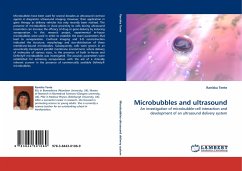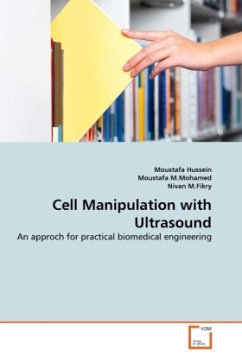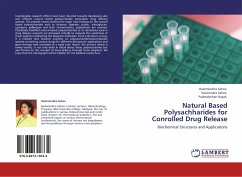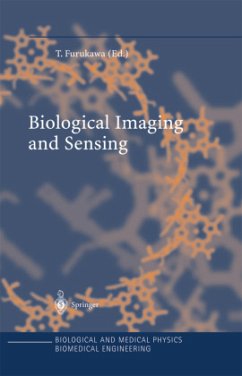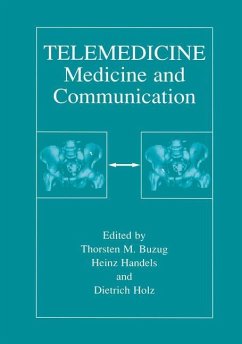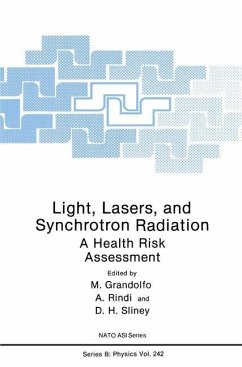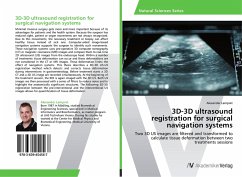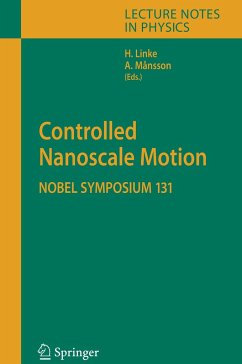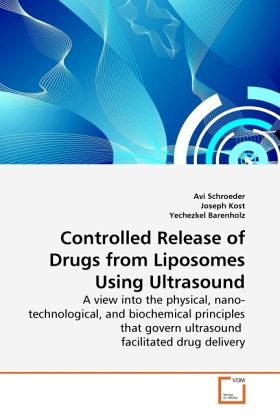
Controlled Release of Drugs from Liposomes Using Ultrasound
A view into the physical, nano-technological, and biochemical principles that govern ultrasound facilitated drug delivery
Versandkostenfrei!
Versandfertig in 6-10 Tagen
32,99 €
inkl. MwSt.

PAYBACK Punkte
16 °P sammeln!
Liposomes, vesicles with one or more lipid bilayers entrapping an inner aqueous core, are widely used as drug delivery systems. When liposomes are smaller than 100 nanometers (nano liposomes) they have a unique capability of selectively accumulating in tumors and inflamed tissues. This phenomenon, known as the enhanced permeability and retention (EPR) effect, is related to the relatively high leakiness' of blood vessels in these diseased tissues. In this book, we present a novel approach for triggering drug release from liposomes at the target site, by use of a remote trigger low frequency ult...
Liposomes, vesicles with one or more lipid bilayers entrapping an inner aqueous core, are widely used as drug delivery systems. When liposomes are smaller than 100 nanometers (nano liposomes) they have a unique capability of selectively accumulating in tumors and inflamed tissues. This phenomenon, known as the enhanced permeability and retention (EPR) effect, is related to the relatively high leakiness' of blood vessels in these diseased tissues. In this book, we present a novel approach for triggering drug release from liposomes at the target site, by use of a remote trigger low frequency ultrasound. The book includes detailed descriptions of formulation, characterization, and in vivo performance of liposome-based drugs, with focus and insights into the biophysical phenomena governing ultrasound-induced liposomal drug release. Special attention is given to the principles needed to formulate ultrasound-responsive liposomes. The book is intended for people entering the field of liposome-based drug delivery as well as experienced scientists seeking fundamental understanding of the mechanism by which ultrasound interacts with lipid bilayers.




